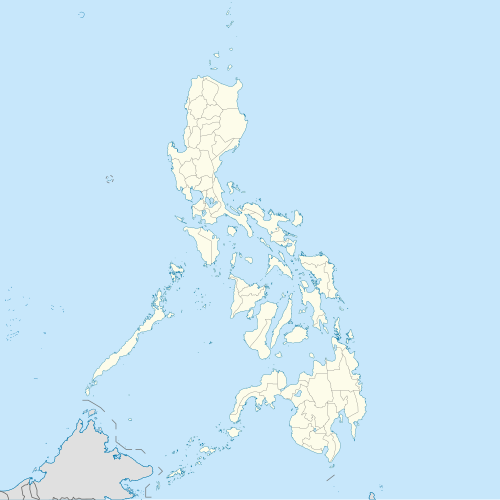 | |
India | Philippines |
|---|---|
| Diplomatic mission | |
| Embassy of India [1] 2190 Paraiso, Makati, Metro Manila, Philippines Phone:+63 922 340 4676 Google map | Embassy of Philippines [2] 50-N Nyaya Marg, Chanakyapuri, New Delhi 110021, India Phone: +91 11 2611 0152 Google map |
| Envoy | |
| Ambassador Mr. Lalduhthlana Ralte | Ambassador Ms. Teresita C. Daza |
India and the Philippines have historic ties going back over 3000 years and there are over 150,000 people of Indian origin in Philippines. [3]
Contents
- History
- Indianisation concepts
- Indianised kingdoms of early Philippines history
- Indians in Philippines during colonial era
- Key Indianised Hindu-Buddhist artifacts found in Philippines
- Language
- Sports
- Art, music, epics and chants
- Religion
- People
- Business
- Politics and travel
- Gallery
- See also
- References
- Works cited
Iron Age finds in the Philippines also point to the existence of trade between Tamil Nadu in South India and the Philippine islands during the ninth and tenth centuries B.C. [4] The influence of the culture of India on the culture of the Philippines intensified from the 2nd through the late 14th centuries CE. [5]
The Indian-Filipinos are Philippine citizens of Indian descent. The NRI are Indian citizens living in Philippines.
This is an alphabetical list:









